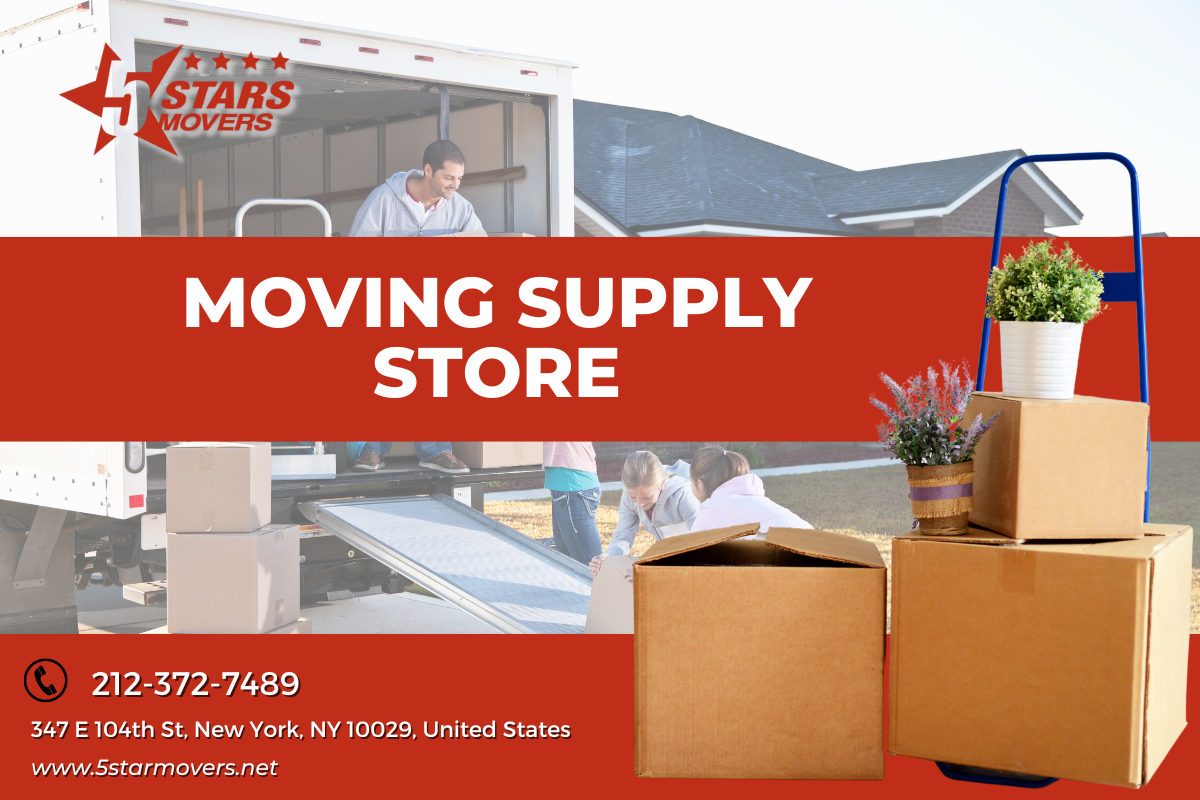
Introduction
Moving can be a stressful and overwhelming experience, but with the right tips and strategies, it can also be an exciting new chapter in your life. Whether you're moving across the street or across the country, proper packing is essential to ensure that your belongings arrive safely at your new home. In this article, we will explore the art of packing and provide you with valuable tips for a successful move.
The Art of Packing: Tips for a Successful Move
Moving can be a daunting task, but it doesn't have to be. With some careful planning and organization, you can make the process much smoother and less stressful. Here are some essential tips for packing your belongings effectively:
1. Create a Moving Checklist
Before you start packing, create a detailed moving checklist to keep track of all the tasks that need to be completed. This will help you stay organized and ensure that nothing is forgotten. Break down your checklist into categories such as packing supplies, room-by-room packing, hiring movers, notifying utilities, etc.
2. Gather Packing Supplies
Gather all the necessary packing supplies before you start packing. This includes boxes in various sizes, bubble wrap, packing paper, tape, markers, and labels. Having everything on hand will save you time and prevent unnecessary stress.
3. Declutter Before You Pack
Moving provides an excellent opportunity to declutter and get rid of items you no longer need or use. Sort through your belongings and donate or sell anything that doesn't serve a purpose in your new home. This will not only lighten your load but also save you money on packing supplies and moving costs.
4. Pack Room by Room
To stay organized during the packing process, pack one room at a time. Start with rooms that are used less frequently or areas where items are rarely needed. Label each box with its contents and the room it belongs to. This will make unpacking much easier when you reach your new home.
5. Use Proper Packing Techniques
When packing fragile items, use appropriate packing techniques to ensure their safety during transportation. Wrap delicate items in bubble wrap or packing paper, and place them securely in boxes with plenty of https://5starmovers.net/ cushioning material. Fill any empty spaces in the box with packing peanuts or crumpled paper to prevent shifting.
6. Pack Heavy Items Strategically
When packing heavy items such as books or appliances, distribute the weight evenly among multiple boxes. Avoid overpacking boxes with heavy items as they may become too difficult to lift and may cause damage to other belongings.
FAQs
Q: Should I hire professional movers or do it myself?
A: The decision to hire professional movers or move yourself depends on various factors such as budget, time constraints, and the complexity of your move. Professional movers can handle all aspects of your move efficiently, but if you're on a tight budget or have a small move, DIY may be a viable option.
Q: How far in advance should I start packing?
A: It's best to start packing as soon as you know your moving date. Begin by packing items that are rarely used or out of season. This will help reduce stress closer to the moving day.
Q: How can I protect my valuable and sentimental items during a move?
A: Valuable and sentimental items should be packed with extra care. Use bubble wrap, packing paper, or blankets to provide cushioning and protection. Consider transporting these items personally rather than entrusting them to movers.
Q: What's the best way to label moving boxes?
A: When labeling moving boxes, be specific about the contents and the room they belong to. Use color-coded labels or markers to make it easier for movers and yourself when unpacking.
Q: How can I make unpacking easier at my new home?
A: To make unpacking easier, label boxes with the essentials that you'll need immediately upon arrival. Designate a specific area in your new home for these boxes, ensuring they are easily accessible.
Q: What should I do with perishable items during a long-distance move?
A: Perishable items such as food should be consumed or disposed of before the move. Consider donating non-perishable food items to a local food bank.
Conclusion
Moving can be a challenging experience, but with the right packing techniques and organization, it doesn't have to be overwhelming. By creating a moving checklist, gathering packing supplies, decluttering before you pack, and using proper packing techniques, you can ensure a successful move. Don't forget to label your boxes accurately and take extra care when packing fragile or valuable items. Whether you decide to hire professional movers or handle the move yourself, these tips will help make the process smoother and less stressful. Happy moving!